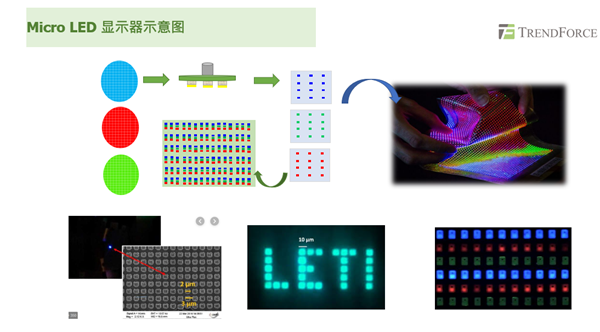Mini & Micro LED Industry
In the past two to three years, the LED industry has experienced a very long downward cycle, coupled with the impact of the epidemic in the first half of this year, the impact has not dissipated until now. Against this background, we see the dawn of Micro LED, and Mini LED is about to explode.
The first part of the definition of Micro
From the perspective of product definition, the industry generally puts the limit of Micro LED and Mini LED to 75 microns. If you simply use 75 microns as the limit, there will be many conflicting parts inside. In fact, judging from a single point of view, the 75um indicator is difficult to clearly distinguish Mini from Micro.
Therefore, in a two-dimensional coordinate, it may be possible to define more precisely: using the dot pitch as the abscissa and the pixel area size as the ordinate, you can find such a rule. To the right or up means that the technical threshold is higher. The level is more advanced. Then classify the mainstream display technologies on the market, and you will see that under such two-dimensional coordinates, Mini, Micro, and traditional pitch LEDs have relatively clear distinctions.

These non-display components can not be incorporated using the conventional display system. Since there is a large gap between each pixel, it can potentially implement a lot of functions for Micro LEDs. In the future, not only can the issue of fingerprints under the screen be solved, but all sensing and contact components can also be incorporated. Integrated into a screen with a monitor.

